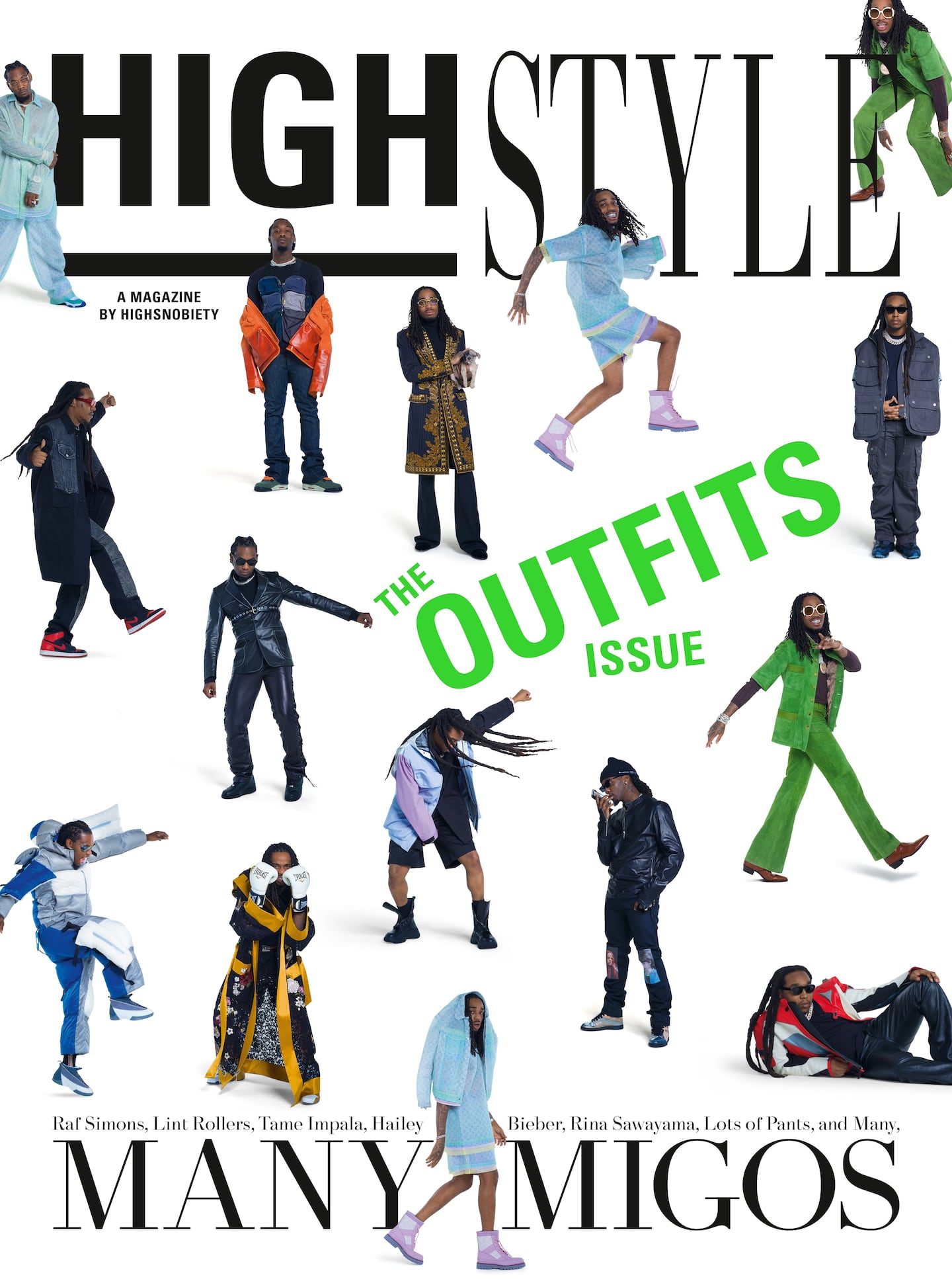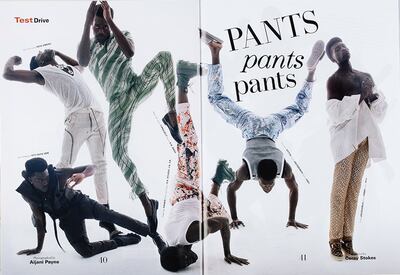
The Business of Fashion
Agenda-setting intelligence, analysis and advice for the global fashion community.

Agenda-setting intelligence, analysis and advice for the global fashion community.

LONDON, United Kingdom — Highsnobiety is launching HIGHStyle, the first in a new series of glossy print magazines aimed at new-age consumers.
HIGHStyle, which will be available online and on newsstands globally for $16.99 as of March 11, is a revamped version of Highsnobiety magazine and will be the first under the company's new Editor-in-Chief Thom Bettridge. But why is Highsnobiety, the media authority on streetwear and sneaker trends, banking on print?
“The magazine is a way of evolving our visual language,” Bettridge told BoF in an exclusive interview. “It’s like a visual manifesto for the brand.”
Each edition of the quarterly publication will take on a different theme (and change its name accordingly), with "style" being the focus of the first issue. Atlanta rappers Migos grace the cover of HIGHStyle, which includes interviews with Raf Simons in conversation with Hans Ulrich Obrist, Hailey Bieber, Tame Impala and Victor Barragán. The magazine also highlights different product categories that are important to the hype-driven Highsnobiety reader with themed spreads focused on specific items of clothing, including trousers and sneakers.
ADVERTISEMENT

HIGHStyle magazine | Source: Courtesy
Highsnobiety was founded by David Fischer as a blog in 2005 and now has over 50 million users across its platforms. The redesign of its print publication comes as the company experiments with different mediums, including e-commerce platforms and pop-ups.
The media company's latest move is an attempt to appeal to a nostalgic segment of Gen-Z who are collecting magazines the way the CD generation collected vinyls. As reported by Printing Industries of America, Gen-Z are a growing market for the print industry, spending an average of one hour a week reading print publications. "The research we've conducted shows that there is a subgroup of people that we call 'cultural pioneers' who are more drawn to print as a source of inspiration," Bettridge said.
Digital is incorporated into the magazine's design DNA, aiming to engage both new and loyal members of Highsnobiety's online community. HIGHStyle includes Instagram-friendly formatting, like spreads on the meme-able "macro bag" (a play on Jacquemus' Chiquito micro totes that took over newsfeeds in 2019) as well as what would have been a 2,000-word profile on artist Ruby Sterling that was instead visualised as a poster designed by Gian Gisiger, communication design consultant for Balenciaga.
“Having a digital-first mentality to print means that the first conversations we had around each article also included, ‘What will this look like on Instagram?’ That aspect to me is key. I didn’t want it to be that the magazine is for some subsect of our audience,” the editor-in-chief said.
There won't be an explicit link between the products featured in HIGHStyle and Highsnobiety's retail platforms. Unlike Net-a-Porter's Porter magazine and Mytheresa's The Album, which drive sales by showcasing outfits available to buy on the online retailers, HIGHStyle won't necessarily feature products shoppable via the company's commerce channels. Rather, the magazine will be used as a discovery channel for Highsnobiety and consumers alike.
“Having a space for experimentation where you can try and predict the future is important for any brand. A lot of places follow what’s in the news and put their two cents into it,” said Bettridge. “But running a print medium allows you to think about what the world is going to be like six months from now. It lets you be a cultural producer rather than a cultural follower. That is something every brand needs.”
Related Articles:
[ Why Highsnobiety Is Breaking Into Physical RetailOpens in new window ]
[ Streetwear Took Over the Fashion Industry. Now What?Opens in new window ]
[ How Magazines Can Make Money from E-CommerceOpens in new window ]
The stylist is set to unveil a bi-annual print magazine and digital platform, with a team that includes Holly Shackleton and Fran Burns.
Luxury book publishers — and husband and wife — Prosper and Martine Assouline join BoF founder and editor-in-chief Imran Amed to discuss the genesis of their publishing business and how they are growing it into a global lifestyle brand.
Now under the ownership of British publisher Future, both Marie Claire and WhoWhatWear are contending with how to grow their new parent’s US operations in the ever-challenging media landscape.
Fast Company has named The Business of Fashion one of the ‘world’s most innovative companies’ for a second time for demonstrating ‘how a media brand can leverage AI to add reader value rather than erode trust with AI-written news articles.’